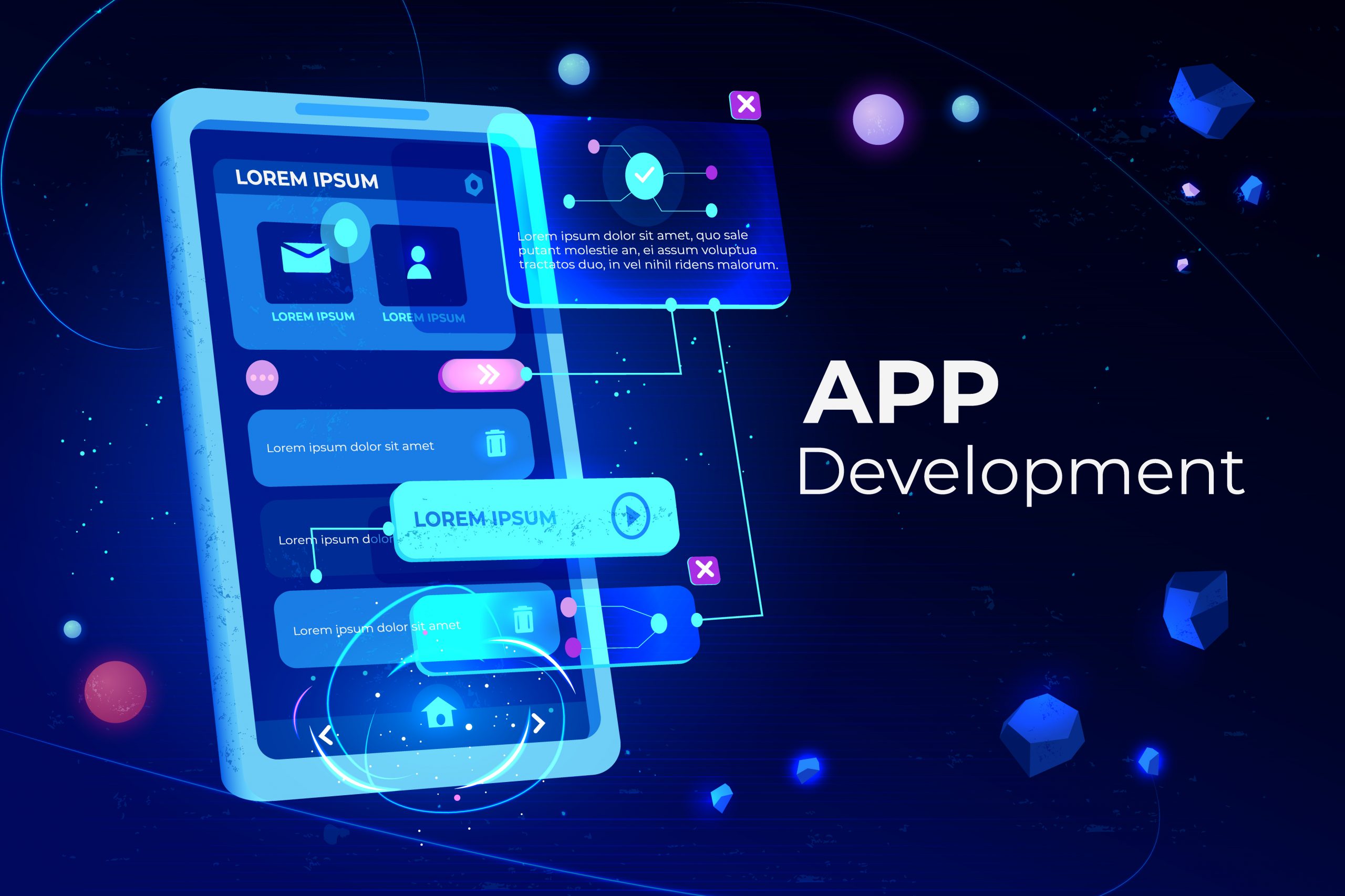Cultural fit in IT hiring is crucial for ensuring that new hires align with a company’s values, work style, and team dynamics. In the fast-paced world of IT, hiring the right candidates goes beyond technical expertise. A candidate’s cultural fit can significantly impact their ability to collaborate, adapt, and thrive in your organization. In this blog, we will explore why cultural fit in IT hiring is so important and how to assess it effectively.
1. Why Cultural Fit in Hiring Matters
When hiring for IT roles, it’s easy to focus solely on technical skills. However, cultural fit in IT hiring can be just as critical, if not more so. A candidate who fits well within the company’s culture is more likely to work effectively with other team members, adapt to the company’s values, and stay with the organization long-term. Without a strong cultural fit, even the most skilled candidates may struggle to integrate, leading to disengagement or higher turnover rates.
2. How to Assess Cultural Fit in Hiring
Assessing cultural fit requires more than just a casual conversation. Structured interviews, behavioral questions, and assessments that test alignment with company values are key. It’s also helpful to involve team members in the interview process to gauge how well a candidate would mesh with the existing team. Tools such as personality assessments and situational judgment tests can also provide insights into how candidates will respond to various work situations.
3. Balancing Technical Skills with Cultural Fit
While technical proficiency is important, cultural fit should not be overlooked. It’s essential to balance both factors when making hiring decisions. A candidate with excellent technical skills but poor cultural fit may struggle to integrate, causing friction within the team. Conversely, a candidate who aligns well with the company culture but lacks necessary technical skills might not be able to deliver on key responsibilities. Striking the right balance ensures you hire individuals who can both perform and thrive in your organization.
4. The Impact of Cultural Fit on Team Dynamics
The role of cultural fit in IT hiring extends beyond the individual candidate. A cohesive team built on shared values, communication styles, and work ethics performs better and is more innovative. When employees feel like they belong and share common goals, collaboration and productivity improve. As a result, hiring for cultural fit can significantly enhance the overall success of your IT team and the organization as a whole.
Conclusion
Cultural fit in IT hiring is essential for building strong, effective teams in the tech industry. By carefully assessing cultural alignment alongside technical skills, organizations can ensure they are hiring candidates who will not only succeed in their roles but also contribute positively to team dynamics and long-term success. For more tips on optimizing your hiring strategy, visit Bedots.
Read more: Remote Work and IT Hiring: Challenges and Opportunities



